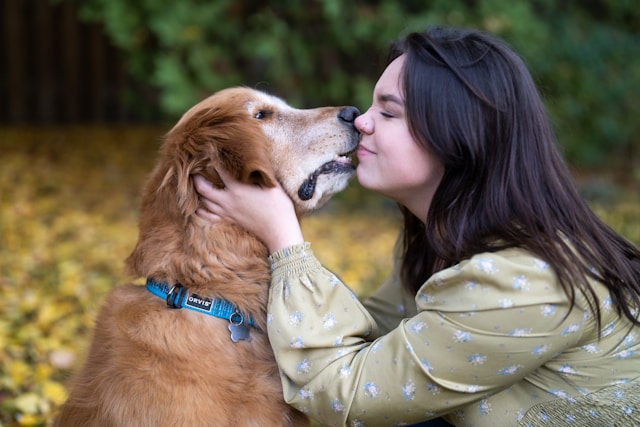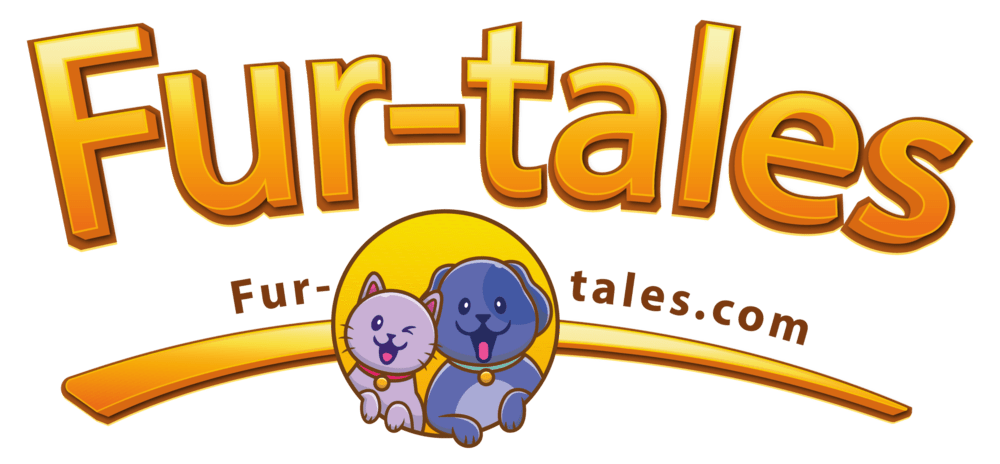
How Pets Express Gratitude Toward Their Owners
As pet parents, we cherish the quiet companionship and unconditional love of our animals. Whether it’s a loyal dog or a curious cat, these furry family members brighten our days in ways words can hardly express. But have you ever wondered: Do pets feel gratitude? And if so, how do they show it?
While gratitude in animals may not mirror human emotions exactly, pets have clear and heartwarming ways of showing appreciation. From cuddles to curious glances, their behaviors speak volumes—if we know how to listen.
In this article, we’ll explore the science and subtle signals behind how dogs, cats, and other pets express gratitude toward their humans. We’ll also share how to recognize those signs, deepen your bond, and make your pet feel even more loved in return.
Do Pets Feel Gratitude?
The concept of gratitude in animals is debated in scientific circles. Most researchers agree that while pets may not experience gratitude in the complex, abstract way humans do, they do display behaviors that strongly resemble it.
Gratitude in pets often manifests as:
- Trust and attachment
- Affectionate behaviors
- Acts of loyalty or reciprocity
- Body language indicating comfort and security
For domesticated animals, especially those that form strong bonds with humans, these actions can be seen as expressions of appreciation for care, food, comfort, and companionship.
The Science Behind Pet Emotions
Studies in animal cognition have shown that dogs and cats are capable of complex emotions, including joy, fear, jealousy, and affection. Some research even suggests dogs possess a basic form of empathy and altruism.
Dogs and Gratitude
Dogs, descended from pack animals, are hardwired to form social bonds. Gratitude in dogs often looks like:
- Loyalty to a caregiver
- Protective or attentive behavior
- Seeking closeness
Cats and Gratitude
Though more independent, cats are also social creatures. Their gratitude may appear more subtle but is equally meaningful. A cat that returns home, kneads your lap, or brings you “gifts” is expressing appreciation in feline terms.
How Dogs Show Gratitude
Dogs tend to be demonstrative when it comes to emotions. They express appreciation and love in several ways, most of which are easy to recognize once you’re tuned into their cues.
1. Tail Wagging and Body Wiggles
A wagging tail isn’t always a sign of happiness—it depends on the speed, height, and context. However, when combined with body wiggles, a relaxed posture, and bright eyes, it’s a dog’s way of saying: “I’m so happy to see you!”
This greeting, often reserved for favorite humans, reflects affection and gratitude.
2. Following You Around
Dogs are pack-oriented and follow those they trust. If your dog shadows you from room to room, it’s not just attachment—it’s a way of saying, “I want to be with the person who takes care of me.”
It shows comfort, trust, and thankfulness for your presence.
3. Licking (aka Dog Kisses)
Licking is an instinctive behavior that stems from puppyhood, when pups lick their mother’s face for attention. When your dog licks your hand or face, it’s a form of submission, trust, and affection—a gesture of appreciation for the bond you share.
4. Leaning or Resting Against You
A dog that leans on you or naps with its body touching yours is expressing comfort and gratitude. It’s a non-verbal way of saying: “I feel safe with you.”
Dogs often seek out their humans for warmth, emotional security, and closeness.
5. Bringing You Their Favorite Toy
If your dog greets you with a toy or drops their favorite item at your feet, they’re not just asking to play—they’re offering a gift. This act of giving is one of the purest ways dogs show gratitude and recognition.
6. Protective Behavior
Dogs that feel grateful and bonded may act as guardians. Barking at perceived threats, standing between you and a stranger, or watching your back can be signs of love and loyalty.
How Cats Show Gratitude
Cats may be more subtle than dogs, but their expressions of gratitude are deeply genuine once you learn to read them.
1. Purring
Perhaps the most iconic sound of feline contentment, purring often means your cat is relaxed, happy, and appreciating the moment. While cats purr for various reasons, purring when being pet or resting on you often reflects deep affection.
2. Slow Blinking
Known as a “cat kiss,” slow blinking is a powerful gesture of trust and love. If your cat locks eyes with you and slowly blinks, try blinking back. It’s a non-verbal exchange that reflects peace and emotional connection.
3. Head Butting and Cheek Rubbing
When your cat nudges you with their head or rubs their cheeks against you, they’re marking you with their scent glands. It’s their way of claiming you as family—an intimate, trust-filled behavior that says: “You’re mine, and I’m grateful you’re here.”
4. Kneading
Kneading with their paws (often called “making biscuits”) is a throwback to kittenhood, when they kneaded their mother’s belly for milk. Adult cats knead when they feel safe, loved, and thankful.
If your cat kneads your lap while purring, you’re doing something very right.
5. Bringing You “Gifts”
From toys to socks to the dreaded mouse or bug, your cat may bring you offerings. While it might not seem like gratitude, it is—cats are natural hunters, and sharing their “catch” is a sign of respect and trust.
6. Choosing to Be Near You
Cats are selective with their affection. If your cat regularly chooses to nap near you, follow you into rooms, or curl up beside you, it’s a strong sign of appreciation for your companionship.
Other Pets and Their Gratitude Signals
Gratitude isn’t limited to dogs and cats. Many small mammals and even birds show appreciation in their own unique ways.
Rabbits
- Licking or grooming you
- Flopping down near you in a relaxed pose
- “Binky” hops and zoomies when happy
Guinea Pigs
- Gentle squeaks or chirps when you enter the room
- Licking your hand
- Popcorning (a joyful hopping behavior)
Birds (e.g., Parrots, Budgies)
- Mimicking your voice or whistle
- Preening your hair or fingers
- Nuzzling or resting on your shoulder
These actions reflect trust, affection, and bonding—key elements of animal gratitude.
How to Encourage and Strengthen Pet Gratitude
Gratitude is often reciprocal. The better we care for our pets, the more likely they are to form strong, affectionate bonds.
Here’s how to cultivate an environment where gratitude and connection thrive:
1. Meet Their Needs Consistently
Provide:
- Fresh food and water
- Regular grooming
- Clean, safe living spaces
- Vet care and preventative health
Reliability builds trust and contentment.
2. Give Them Quality Time
Play, cuddle, talk to them—animals crave interaction. Time spent together deepens emotional bonds and invites affectionate behavior.
3. Offer Positive Reinforcement
Reward good behavior with treats, praise, or pets. Training with kindness teaches pets to associate you with joy and safety.
4. Respect Their Boundaries
Affection should never be forced. Allow pets to choose when and how they interact. Respect builds lasting trust.
5. Use Gentle Communication
Speak in calm tones. Use non-threatening body language. Be patient. Gentle interactions help shy or rescued pets open up emotionally.
Gratitude in Rescue Pets
Rescue animals often have unique ways of expressing gratitude. While they may start out wary or withdrawn, many rescue pets become incredibly loyal and affectionate once they realize they’re safe.
Signs of gratitude in rescued pets may include:
- Seeking affection after initial hesitation
- Protective behavior over time
- Learning routines quickly to please you
- Deep bonding and separation anxiety (in extreme cases)
The journey with a rescue may be slower, but the expressions of gratitude are often incredibly profound.
Can Pets “Say Thank You”?
In their own language, yes.
Pets may not understand the phrase “thank you,” but they recognize acts of care and kindness—and they reciprocate in beautiful ways.
Whether it’s a wagging tail, a soft purr, or a gentle nuzzle, your pet has many ways to let you know they appreciate you.
Pets may not write thank-you notes or speak your language, but they do communicate with their bodies, behaviors, and presence. They show us, in countless small ways, that they recognize our care—and they give us their trust in return.
As pet parents, tuning into these signals deepens our bond and reminds us why these creatures hold such a special place in our hearts. Their gratitude may be silent, but it’s incredibly real—and once you learn how to see it, you’ll notice it everywhere.
Photo by Jackie Best on Unsplash
